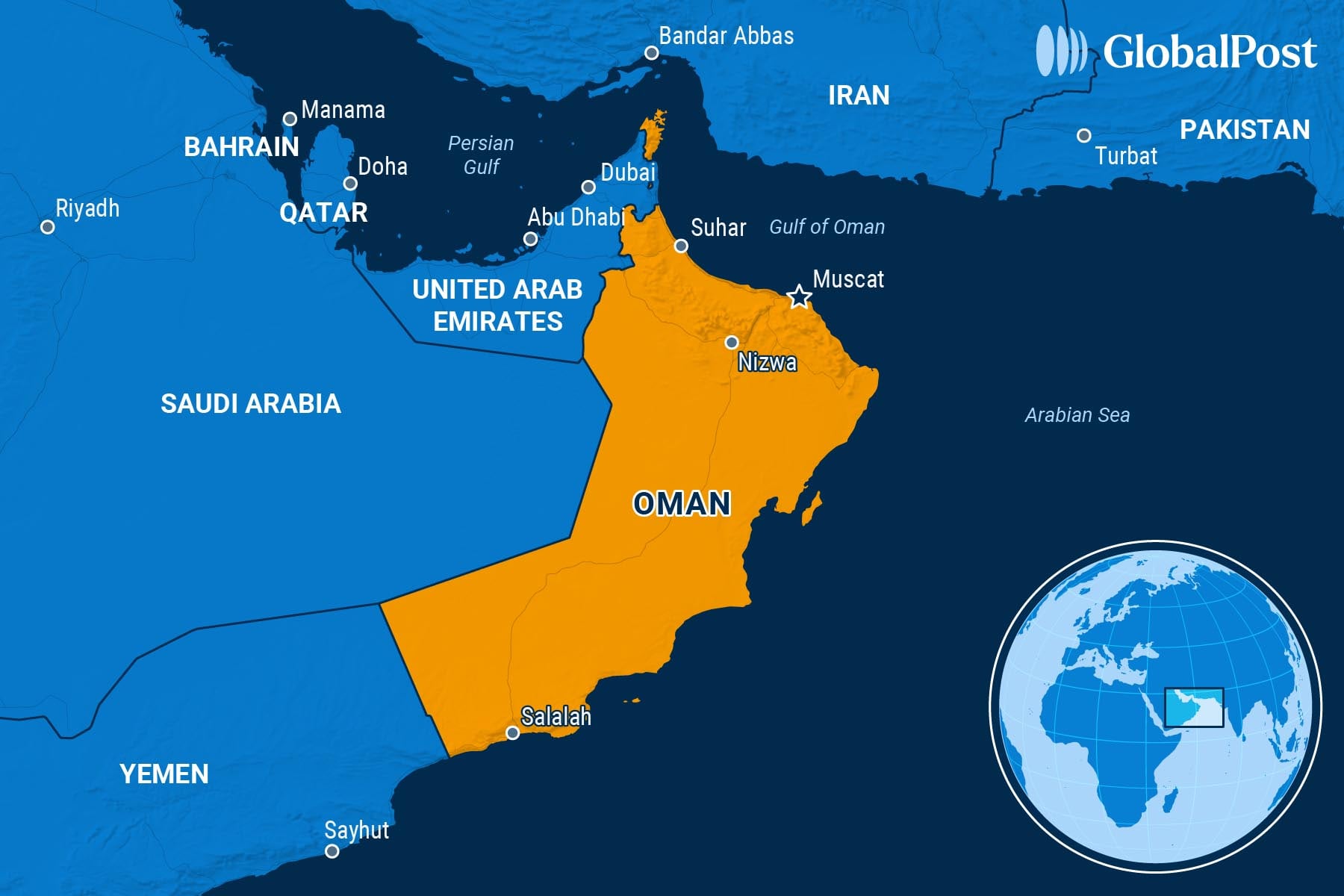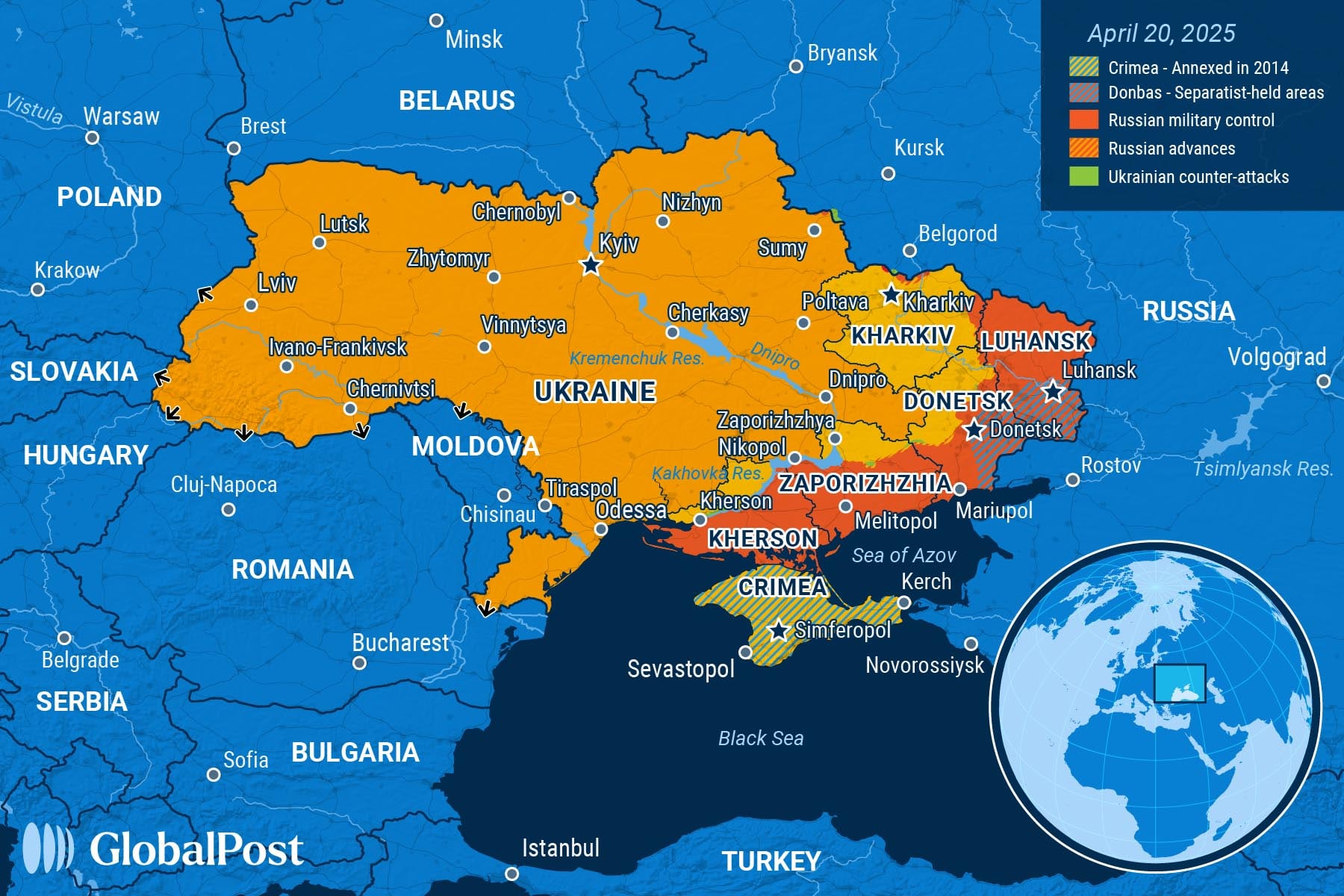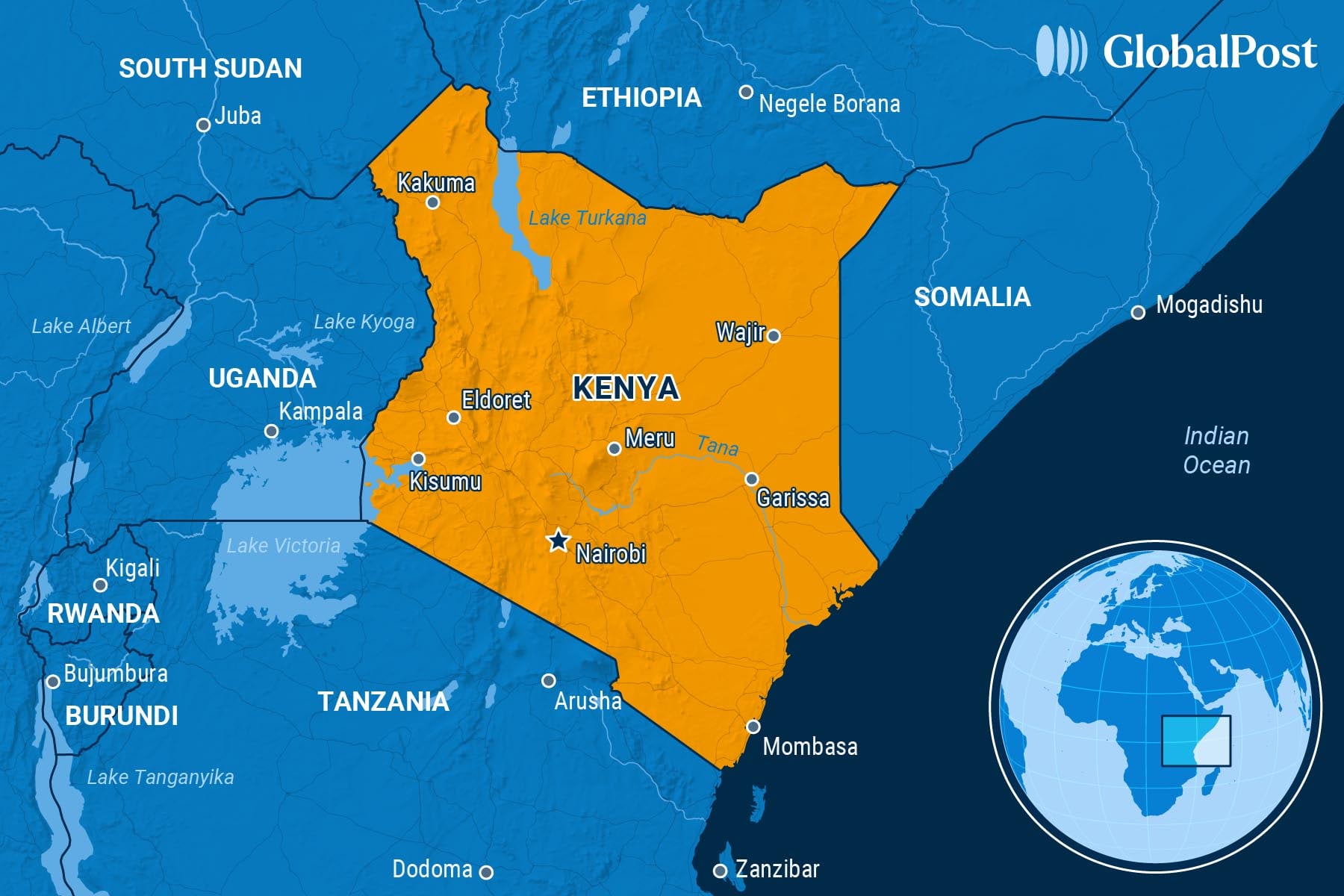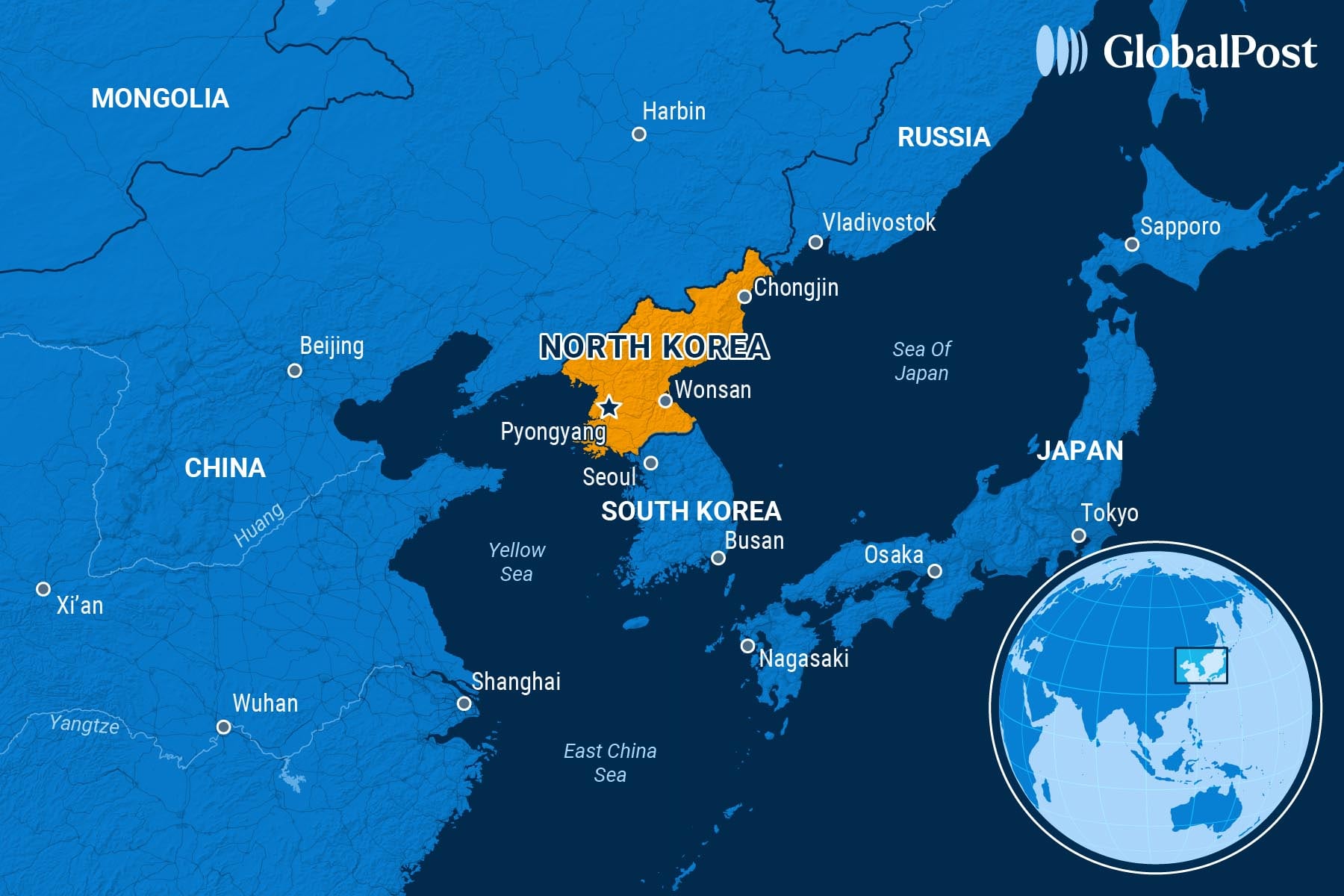The Sultan’s Tightrope: Balancing Interests Becomes Trickier For ‘Neutral’ Oman
NEED TO KNOW
The Sultan’s Tightrope: Balancing Interests Becomes Trickier For ‘Neutral’ Oman
OMAN
 For decades, the Gulf’s quiet mediator, Oman, has balanced itself between the US and Iran, Saudi Arabia and the United Arab Emirates, and India and China. Now, as oil shipments lurch and militias jostle in Yemen, that balance is wobbling.
For decades, the Gulf’s quiet mediator, Oman, has balanced itself between the US and Iran, Saudi Arabia and the United Arab Emirates, and India and China. Now, as oil shipments lurch and militias jostle in Yemen, that balance is wobbling.
“Although Oman’s geography allows (it) to project directly towards the Indian Ocean… even the Omani ports have been affected by the Red Sea crisis due to ships rerouting,” Eleonora Ardemagni of the Italian Institute for International Political Studies, told Amwaj.media, referring to Houthi attacks on shipping. “This could downsize the government’s economic goals.”
Sultan Haitham bin Tariq, who inherited the throne in 2020 after the death of Sultan Qaboos, has been trying to follow in his cousin’s footsteps: Qaboos ruled for almost 50 years, steering Oman from isolation into modern statehood, building schools, roads, and hospitals while carving out a foreign policy of studied neutrality. Oman’s current ruler has tried to preserve that tradition while steadying an indebted economy. This summer’s turbulence in the region has left Oman exposed, however.
For example, in April, Muscat staged the first US–Iranian nuclear contacts of US President Donald Trump’s second term. Weeks later, Oman helped broker a temporary ceasefire between the United States and Yemen’s Houthis, halting attacks on Red Sea shipping lanes temporarily. However, by June, risks spiked again after Israel attacked Iran, threatening shipping on one of the world’s most vital waterways – the Strait of Hormuz between Iran and Oman handles about a fifth of the world’s seaborne oil. As a result, Muscat’s lifeline rattled.
While Haitham’s reforms via the Vision 2040 blueprint aim to diversify the oil-dependent economy into logistics, tourism, and renewables, oil still pays the bills: Non-oil revenue is rising but not quickly enough to erase deficits. As a result, Oman recently became the first Gulf state to levy a personal income tax.
Meanwhile, pressure on the country is coming by land as well as sea. In Yemen’s Mahra governorate – on Oman’s western border and long tied to its tribal networks – Saudi-backed Salafi forces are expanding their presence. Sheikh Ali Salem al-Huraizi, a Yemeni tribal leader supported by Oman, denounced Saudi moves, calling for “a new phase of peaceful resistance to interference and a sectarian agenda” and accusing the Saudis of “destabilizing” Mahra, wrote the Carnegie Endowment for International Peace. That could, in turn, destabilize Oman.
Still, India is offering an opportunity. In February, Indian Foreign Minister S. Jaishankar told the Indian Ocean Conference in Muscat that “The Indian Ocean is veritably a global lifeline. Its production, consumption, contribution, and connectivity are central to the manner in which the world runs today.”
That lifeline runs through Duqm, in western Oman, once a fishing village and now a sprawling port and industrial hub. Since 2018, India has enjoyed naval access there, allowing warships to refuel and undergo maintenance just outside the Strait of Hormuz – a rare overseas foothold and quiet counter to China’s presence in Gwadar and Djibouti.
In August, Indian publications reported that a free-trade deal with Oman was on track, one that would lower tariffs on Indian exports such as iron and steel and give Muscat preferential entry into one of the world’s largest consumer markets.
China, meanwhile, is the wildcard. Beijing has pledged billions to Duqm under its Belt and Road Initiative since 2016, though many projects remain unfinished. US officials say China has explored building a military facility in Oman. More concrete were March’s naval drills, when Chinese warships joined Iranian and Russian vessels in the Gulf of Oman – a reminder that Beijing’s interest in these waters is not just commercial.
It is likely that Oman will keep its tradition of “active neutrality,” which has anchored policy for decades, wrote Giorgio Cafiero, head of Gulf States Analytics. But the turmoil of the past year in the region, especially Israel’s war in Gaza, which it has condemned, has it looking past traditional alliances such as the US as the country sails into rougher waters, where old maps offer little guidance in sidestepping the turbulence it has long tried to avoid. As a result, Cafiero added, “Oman and other regional actors may subsequently seek to pursue deeper ties with China, Iran, and Russia.”
THE WORLD, BRIEFLY
Western Leaders Scramble To Reach Security Guarantees for Ukraine
UKRAINE
 Twenty-six Western nations agreed to provide postwar security guarantees for Ukraine, French President Emmanuel Macron announced Thursday, following a high-stakes meeting in Paris that highlighted deep uncertainty over US involvement and mounting doubts about Russia’s willingness to pursue peace, Radio Free Europe/ Radio Liberty reported.
Twenty-six Western nations agreed to provide postwar security guarantees for Ukraine, French President Emmanuel Macron announced Thursday, following a high-stakes meeting in Paris that highlighted deep uncertainty over US involvement and mounting doubts about Russia’s willingness to pursue peace, Radio Free Europe/ Radio Liberty reported.
On Thursday, leaders from around 30 nations met with Ukrainian President Volodymyr Zelenskyy in the French capital to outline plans for a “reassurance force” that could deter renewed Russian aggression after any ceasefire is declared.
Following the meeting, Macron announced that 26 members of the so-called “Coalition of the Willing” – a grouping of European nations along with Canada, Australia, and Japan – would deploy troops once there is a ceasefire to prevent Russia from attacking again, the Associated Press noted.
He said the troops would not be deployed in the front lines but in areas decided upon, adding that US support for the plan will be finalized in the coming days.
US President Donald Trump joined the meeting virtually and said he was willing to offer US support as a “backstop” but that Europeans must lead the initiative.
While he remained hopeful of a ceasefire, he noted that Russia and Ukraine are “not ready yet” to make a deal, according to NBC News.
The Paris talks came nearly three weeks after Trump met with Russian President Vladimir Putin in Alaska, a summit that was aiming for a breakthrough to end the three-year-old conflict. It concluded with no progress toward a ceasefire.
Trump suggested afterward that a bilateral meeting between Putin and Zelenskyy would be the next step, but the Kremlin has offered little support for such a summit, with Putin floating the idea of hosting talks in Moscow – a proposal swiftly dismissed by Ukraine.
Even so, the US leader has left European leaders unsure of Washington’s direction, with Trump shifting away from pressing for an immediate ceasefire in Ukraine. He has yet to impose sanctions against Moscow – which he has repeatedly threatened to do – and has reiterated that European countries must carry the bulk of the burden in providing guarantees for Kyiv.
Meanwhile, Russia has hardened its stance: Russian officials have rejected the proposal for placing Western forces on Ukrainian soil and have continued to demand territorial concessions. Kyiv insists no peace deal will involve ceding land. Meanwhile, it has continued to attack Ukraine with airstrikes.
On Thursday, Russian Foreign Ministry spokeswoman Maria Zakharova insisted that any Western troop presence in Ukraine would amount to “unacceptable foreign intervention,” ABC News wrote.
Zelenskyy said that, although “we have not received any signals from Russia that it truly wants to end this war,” he remained convinced that a united European and US front could increase pressure on Moscow to make some concessions.
Analysts explained that the lack of clear US commitments has left Europe in a bind.
François Heisbourg of the Foundation for Strategic Research told the AP there is “no suggestion” troops would deploy without a ceasefire, while Ed Arnold, a former British military planner, noted that without firm US backing, “detailed operational planning is, quite frankly, impossible.”
Other observers suggested that Europe may ultimately opt to supply Ukraine with more weapons rather than risk an uncertain multinational deployment.
Kenya Stops Exhumations at Cult Site After Finding Remains
KENYA
 Authorities in Kenya have suspended exhumations at a suspected doomsday cult site after discovering new remains near where hundreds of bodies linked to a cult were found two years ago, the Associated Press reported.
Authorities in Kenya have suspended exhumations at a suspected doomsday cult site after discovering new remains near where hundreds of bodies linked to a cult were found two years ago, the Associated Press reported.
The latest exhumations at Chakama Ranch in Kilifi County, in southeastern Kenya, uncovered 34 new bodies and more than 100 body parts, Africanews noted.
Police Inspector General Douglas Kanja said a multi-agency team was investigating the circumstances that led to the deaths. Eleven suspects were arrested a month ago after a woman reported the deaths of her children. The investigation is ongoing.
Authorities are analyzing money transfers to the suspects’ phones from individuals they suspect of funding the operation.
Police said the cult members rented homes in the town of Malindi, on Kenya’s western coast, before moving to the remote Chakama Ranch area, where they built mud huts next to where the shallow graves were found.
This marks the second instance where bodies have been uncovered in the area, which has been linked to cult activities.
Two years ago, the remains of more than 400 followers of a doomsday cult were found near preacher Paul Mackenzie’s Good News International Church in the Shakahola area, about 1.2 miles from where the new remains were found. Mackenzie is in custody on murder charges.
The discovery sent shockwaves across Kenya.
According to the police, the new remains were found during the regrouping of the cult by former members.
The number of missing remains is unclear.
UN Concerned Over Reports of Experiments on Disabled in North Korea
NORTH KOREA
 The United Nations Committee on the Rights of Persons with Disabilities this week reported credible evidence that North Korea has conducted medical experiments on disabled people, performed forced sterilizations, and killed handicapped infants, Agence France-Presse reported.
The United Nations Committee on the Rights of Persons with Disabilities this week reported credible evidence that North Korea has conducted medical experiments on disabled people, performed forced sterilizations, and killed handicapped infants, Agence France-Presse reported.
The committee said that the experiments were conducted without free and informed consent in pediatric institutions and detention facilities. According to UN officials, medical and scientific testing were conducted on people with psychosocial or intellectual disabilities, the UN added.
The organization also raised alarms about reports indicating that disabled women were forced to undergo sterilization and abortion, and noted credible reports of infanticide of children with disabilities, including killings carried out in medical facilities with official consent.
However, Committee member Mara Gabrilli said she and her colleagues had reports of people with disabilities being subjected to clinical trials without consent. Gabrilli said they called on North Korea to immediately criminalize all those experiments, guarantee independent monitoring of institutions, and create systems to deliver justice to the victims.
The UN said its findings on the reclusive country are based on testimony from individuals who fled the country, from the UN special rapporteur on disability rights who visited in 2017, and other confidential sources.
Meanwhile, Gabrilli said North Korea did not supply the committee with official data, adding that when concerns were raised, Pyongyang dismissed them as “a lie.”
According to the committee, North Korea’s constitution does not explicitly ban discrimination against people with disabilities, and the refusal to provide reasonable accommodation was not considered discrimination.
“At the heart of this issue is a reminder that persons with disabilities are not objects of treatment or experimentation but equal human beings … entitled to bodily integrity, autonomy and respect,” said Gabrilli.
The UN underlined the persistent stigma and negative societal attitudes toward individuals with disabilities, noting that veterans with physical impairments receive special care while other disabled people are excluded from those same services.
The committee also voiced concern that people with disabilities who are in detention might be subjected to degrading treatment, such as solitary confinement, if they are perceived as disobedient or not productive enough.
DISCOVERIES
When One Animal Becomes Four
Giraffes are actually very diverse creatures.
The world’s tallest mammal isn’t one species at all – it’s four, according to a new study led by the International Union for Conservation of Nature (IUCN).
For decades, scientists have speculated that the long-necked animal, native to Africa, was more than one species.
This theory was proved correct after years of meticulous work comparing genetics, skull shapes, and natural barriers that likely separated giraffe populations.
The current designation splits giraffes into four species: Northern, Masai, Reticulated, and Southern – each of them with its own range and unique challenges.
The Northern giraffe is found across parts of South Sudan, Uganda, and the Democratic Republic of Congo. Researchers believe that the rivers Kunene and Zambezi and rainforests in the Congo Basin probably separated these animals from mixing with other giraffes, according to the BBC.
In the continent’s south, the Southern species mainly roam around South Africa, Botswana, Namibia, and southwestern Mozambique.
Meanwhile, Reticulated giraffes stroll the open savannas and grasslands of Kenya, Somalia, and Ethiopia. Scientists noted, however, that this species is a migrating animal and could have mingled with other giraffes and cross-bred.
Finally, there are the Masai giraffes that hang around Western Ethiopia, central and western Kenya, eastern South Sudan, and Uganda. Another migrating animal, these creatures are recognized for their distinctive leaf-patterned hide.
Stuart Pimm, a Duke University ecologist who wasn’t involved in the study, told the Associated Press that the categorization was “long overdue.” IUCN representatives added that recognizing them as four species allows more precise conservation assessments and strategies.
For example, Northern giraffes are the most vulnerable ones to extinction, with only about 7,000 left in the wild. Masai giraffes – numbering 44,000 – are under pressure as open grasslands are being increasingly carved into cattle pastures.
“The more precisely we understand giraffe taxonomy, the better equipped we are to assess their status and implement effective conservation strategies,” Michael Brown of the IUCN, who co-authored the report, said in a statement.
